Market Share
Satellite Communication Market Share Analysis
In the rapidly expanding Satellite Communication Market, companies employ various strategies to secure and enhance their market share. These strategies are essential for navigating the competitive landscape of the telecommunications industry and addressing the diverse needs of customers worldwide.
Product differentiation serves as a fundamental strategy in the Satellite Communication Market. Companies strive to differentiate their satellite communication services by offering unique features, capabilities, and service packages tailored to specific customer segments. This may involve providing specialized services such as broadband internet access, video broadcasting, voice communication, and data transmission. Additionally, companies focus on developing innovative satellite technologies, including high-throughput satellites, low Earth orbit (LEO) constellations, and software-defined payloads, to deliver superior performance, reliability, and coverage. By providing differentiated products and services that address the specific requirements of different market segments, companies can gain a competitive advantage and capture market share in this dynamic and evolving market.
Cost leadership is another critical strategy in the Satellite Communication Market, particularly as companies aim to offer cost-effective solutions that deliver value for money. Companies work to optimize their satellite networks, reduce operational costs, and leverage economies of scale to offer competitive pricing for their services. By providing affordable satellite communication solutions without compromising on quality or performance, companies can attract a broader customer base and gain market share, especially in price-sensitive segments of the market.
Segmentation plays a significant role in market share positioning in the Satellite Communication Market. Companies identify and target specific market segments based on factors such as geographical location, industry vertical, and customer requirements. For example, they may tailor their satellite communication services to meet the needs of government agencies, enterprise customers, maritime operators, aviation companies, or remote communities. By understanding the unique needs and preferences of different segments, companies can develop targeted marketing strategies and customized service offerings that resonate with their target customers, thereby maximizing their market share within each segment.
Strategic partnerships and collaborations are essential for market share positioning in the Satellite Communication Market. Companies often form alliances with satellite operators, equipment manufacturers, technology providers, and service integrators to leverage complementary expertise, resources, and distribution channels. These partnerships enable companies to expand their market reach, enhance their service offerings, and address emerging market opportunities more effectively. For example, collaborations with satellite operators may allow service providers to access additional satellite capacity, expand their coverage footprint, and offer new services to customers, thereby gaining a competitive advantage in the market.
Brand reputation and trust are critical factors in the Satellite Communication Market, where reliability, security, and customer support are paramount considerations for customers. Companies invest in building strong brands that are synonymous with quality, integrity, and customer satisfaction. By consistently delivering reliable satellite communication services and providing responsive customer support, companies can earn the trust of customers and foster long-term relationships, thereby solidifying their market share and enhancing their competitive position.
Furthermore, companies in the Satellite Communication Market must remain agile and adaptable to changes in technology, regulations, and market dynamics. This requires ongoing investment in research and development to innovate new satellite technologies, improve service quality, and address emerging customer needs. By staying ahead of the curve and offering solutions that meet the evolving demands of the market, companies can maintain their competitive position and seize new opportunities for growth in a rapidly changing industry.

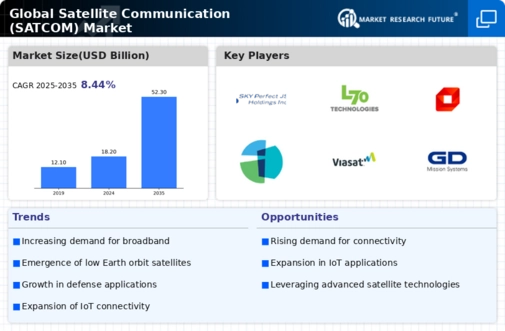
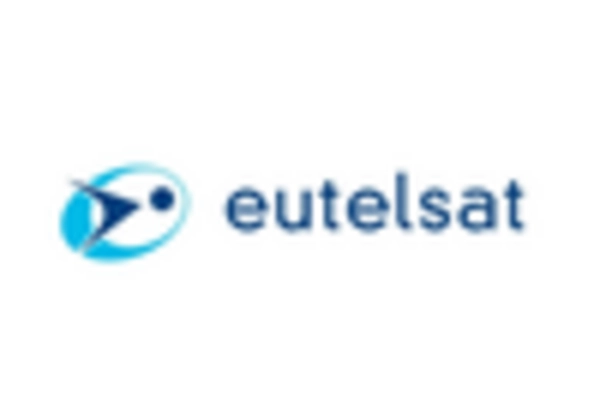
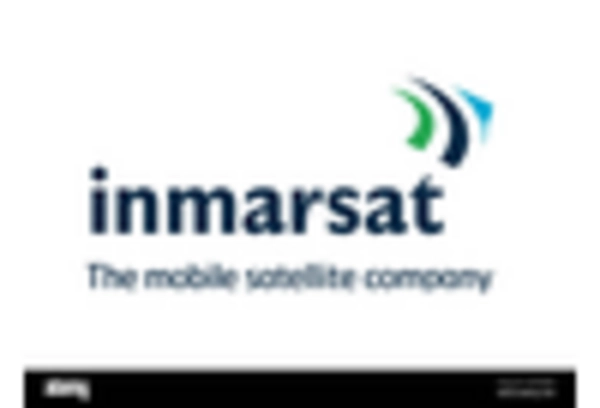
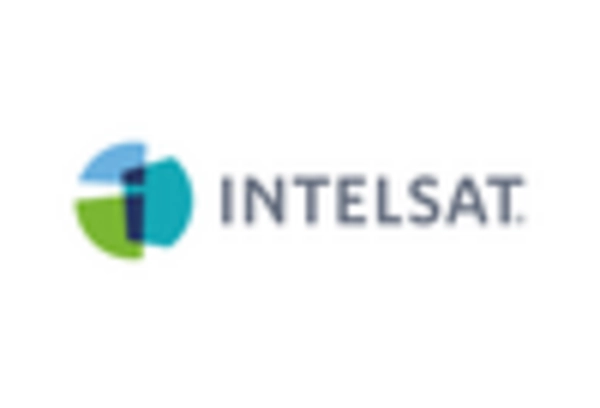
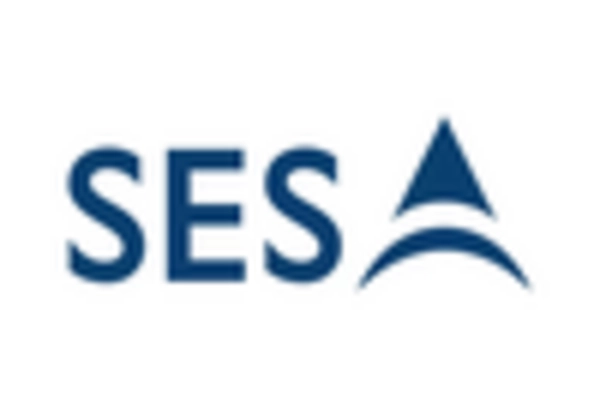
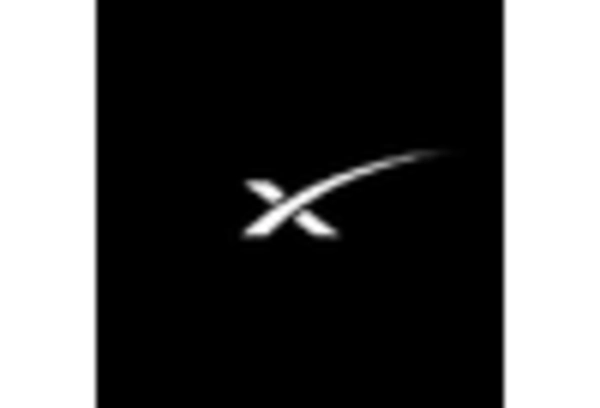
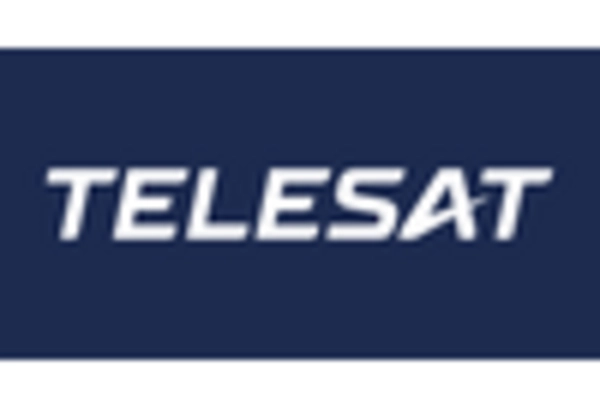









Leave a Comment